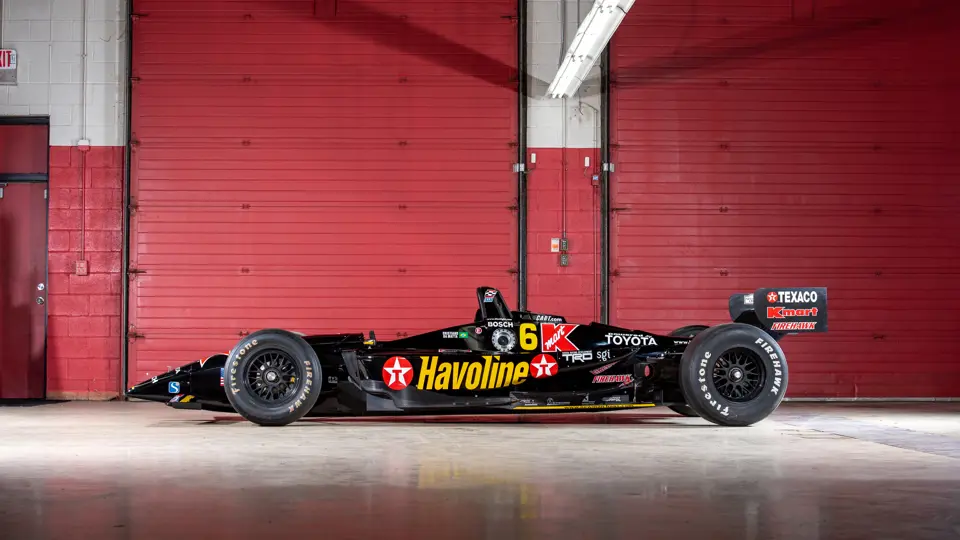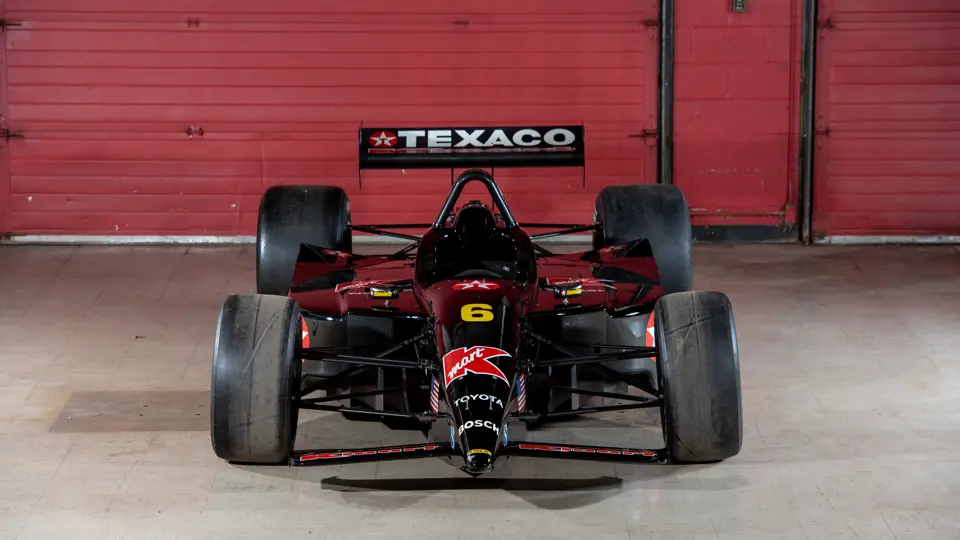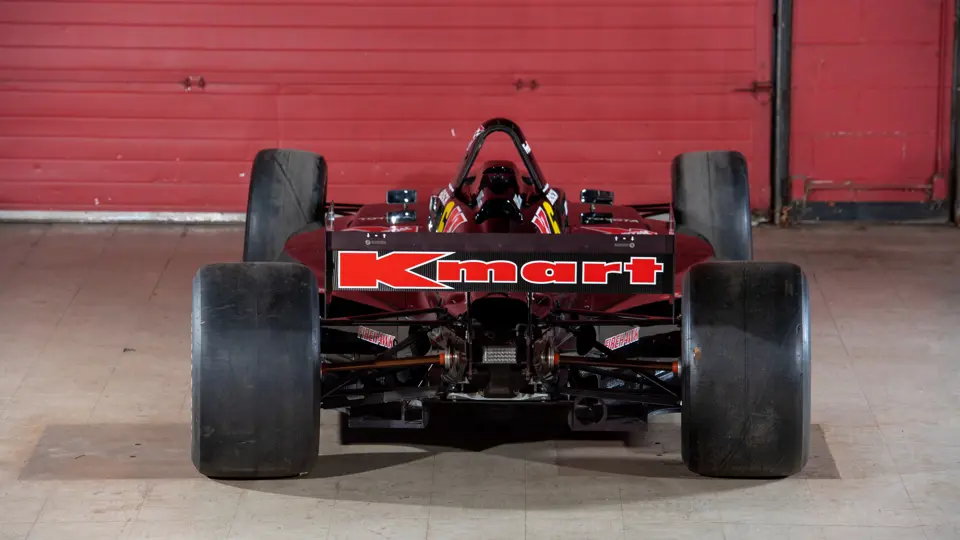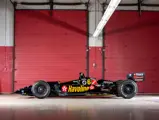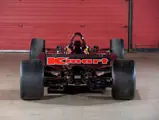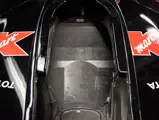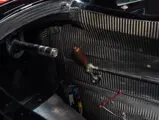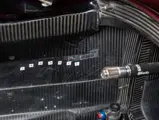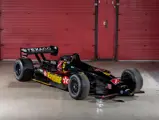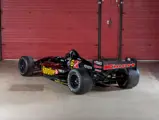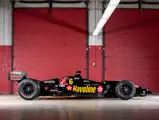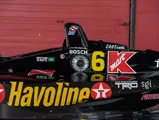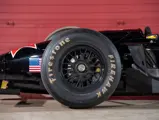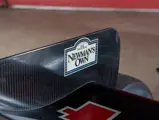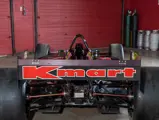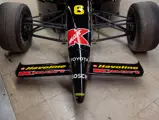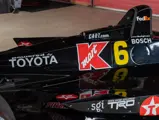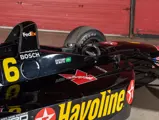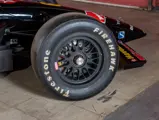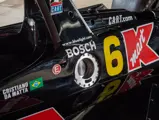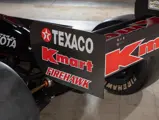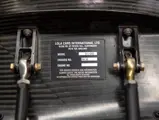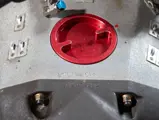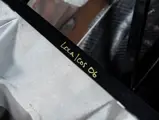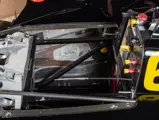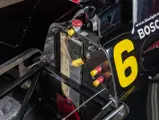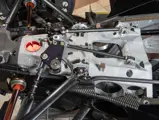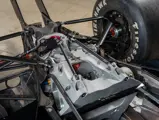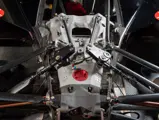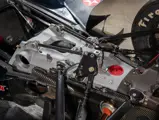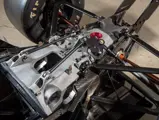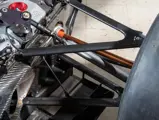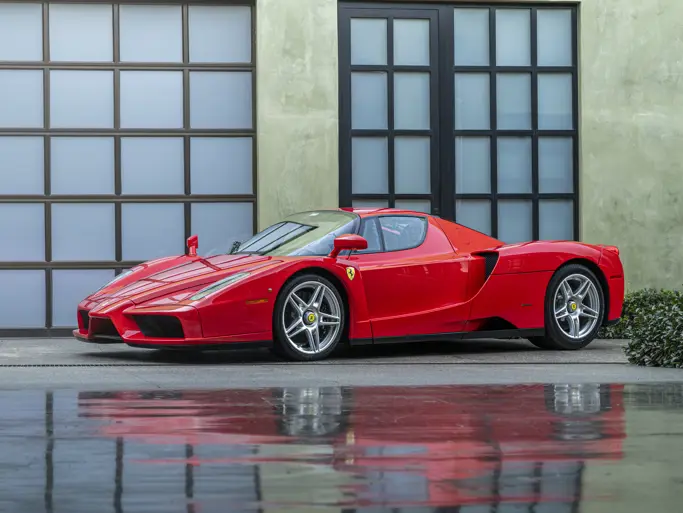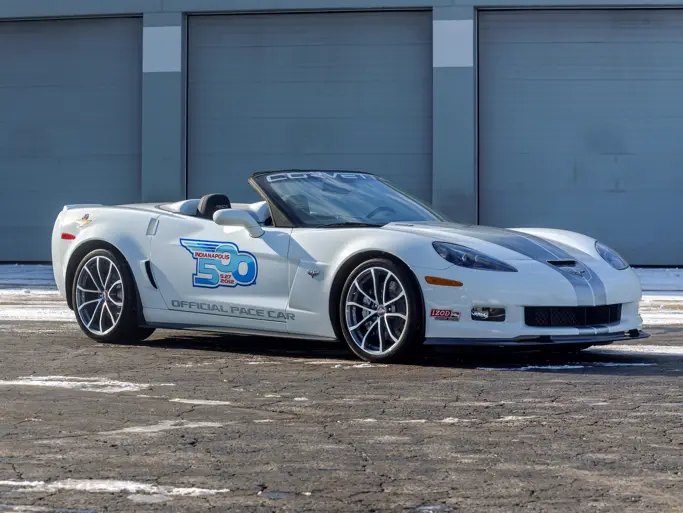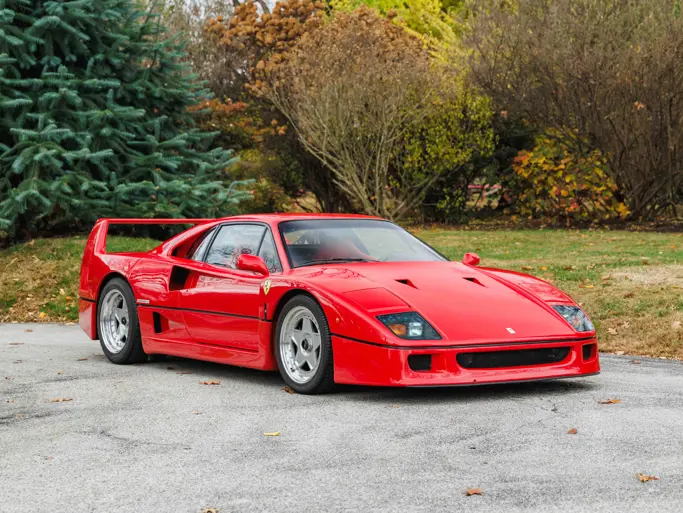
2001 Lola-Toyota B01/00
{{lr.item.text}}
$58,800 USD | Sold
{{bidding.lot.reserveStatusFormatted}}
- Piloted by Christiano da Matta throughout the 2001 season, and Bruno Junqueira and Oriol Servià in 2005
- Secured four race victories and four additional podiums
- The final Newman/Haas car to win a 500-mile race
- Presented with speedway-specification wings
CHASSIS HU 16
Initially run in the 2001 season with Christiano da Matta behind the wheel, Lola-Toyota B01/00 chassis HU 16 began its racing career with great success right out of the box. Qualifying on the front row for the Tecate/Telmex Grand Prix of Monterrey in Mexico, the Brazilian stormed ahead to take victory at the very first race of the year. The car would run 10 more races throughout the season, achieving points at Nazareth, Portland, Cleveland, and Michigan, with an additional podium at Rockingham in the United Kingdom. Capping off the year, chassis HU 16 ran the final race at Auto Club Speedway for the Marlboro 500. This event would be the penultimate 500-mile race organized by CART, and more significantly, the final race of this type won by the Newman/Haas organization.
This chassis was brought back into service of the team during the 2005 Champ Car season. With Bruno Junqueira and Oriol Servià behind the wheel, the winning ways would continue. Junqueira began the year with a 3rd-place finish at Long Beach and at the following race in Monterrey, Mexico, he took the race win. Later in the season Servià achieved two 2nd-place finishes in Edmonton and Las Vegas. Lining up alongside his teammate on the front row at the Circuit Gilles Villeneuve, the Spaniard secured chassis 16’s final race win.
THE LOLA B01/00
Continuing the decades-long development of the Lola IndyCar, the B01/00 featured a carbon fiber monocoque with double wishbones suspending the car via inboard shock absorbers at all four corners. To meet the demands of the various disciplines, a high-downforce specification was available for short ovals, road courses, or street circuits. For the superspeedways, alternative suspension geometry was utilized to extend the wheelbase and alternative front and rear wings. In 1998, CART adopted the Hanford device, a flat plank fixed vertically on the back of the rear wing, in an effort to slow the cars down at tracks like Fontana and Michigan.
For the 2001 season, Newman/Haas adopted the Toyota RV8E engine. This 90-degree turbocharged V-8 engine displaced 2.65 liters and featured all-aluminum construction. In this final era of engine competition, these methanol-fed powerplants redlined at an ear-splitting 15,000 rpm and produced in excess of 900 horsepower, allowing for speeds of 240 mph on the superspeedways. Note that no engine is presently fitted in this chassis.




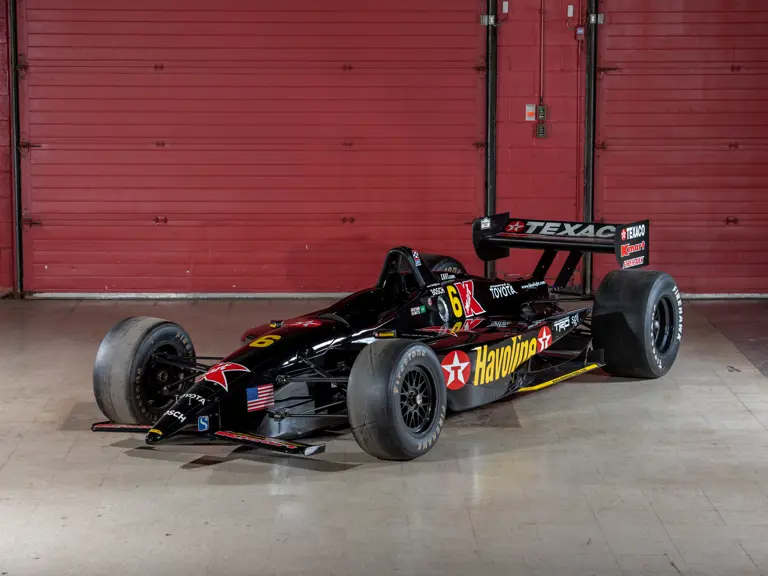

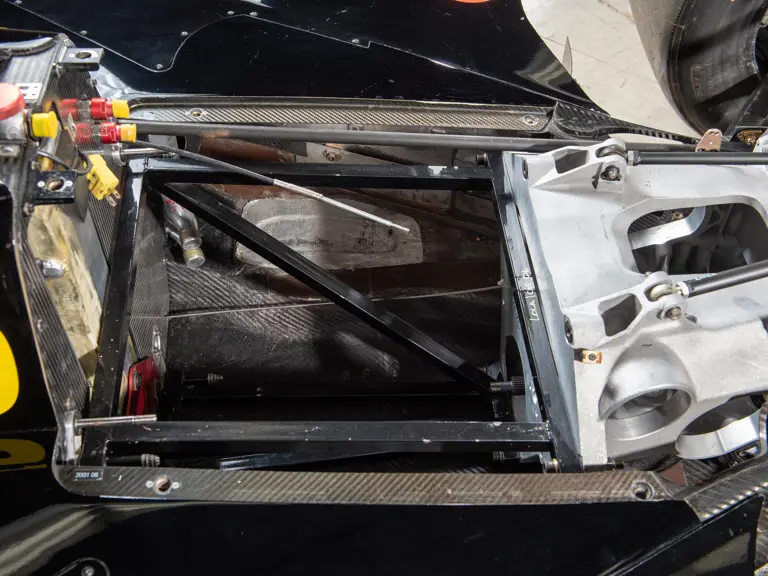

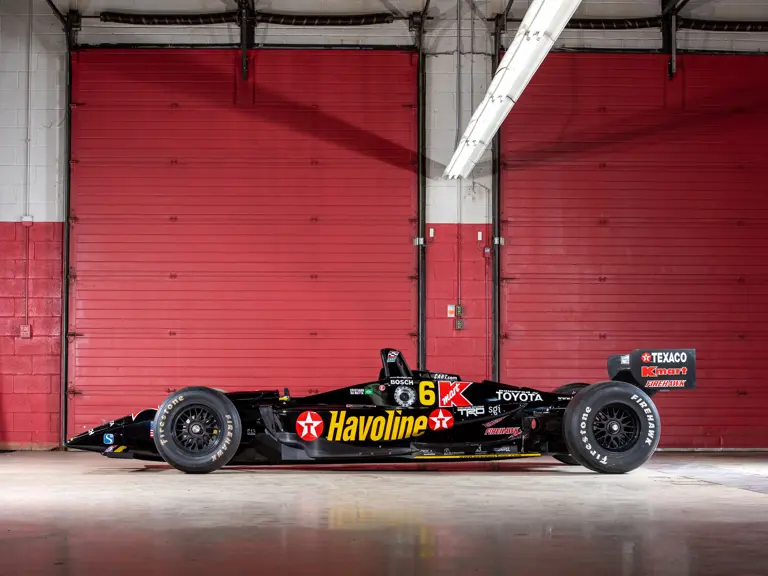
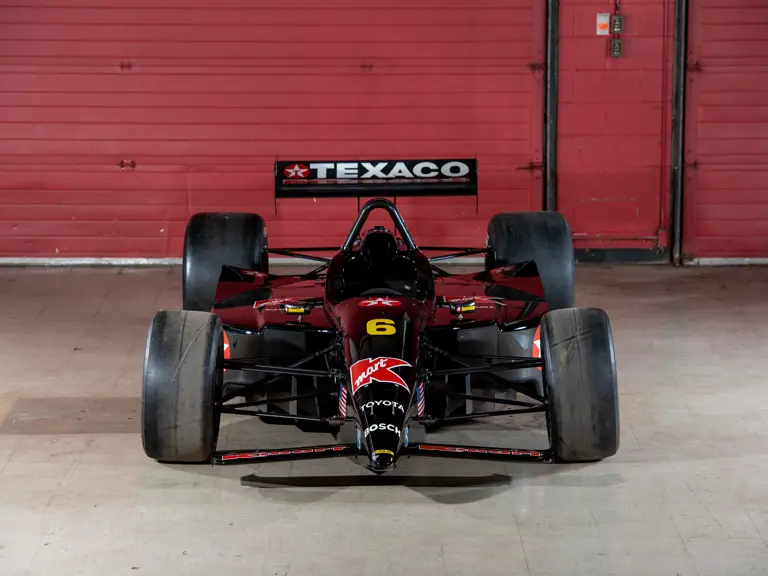
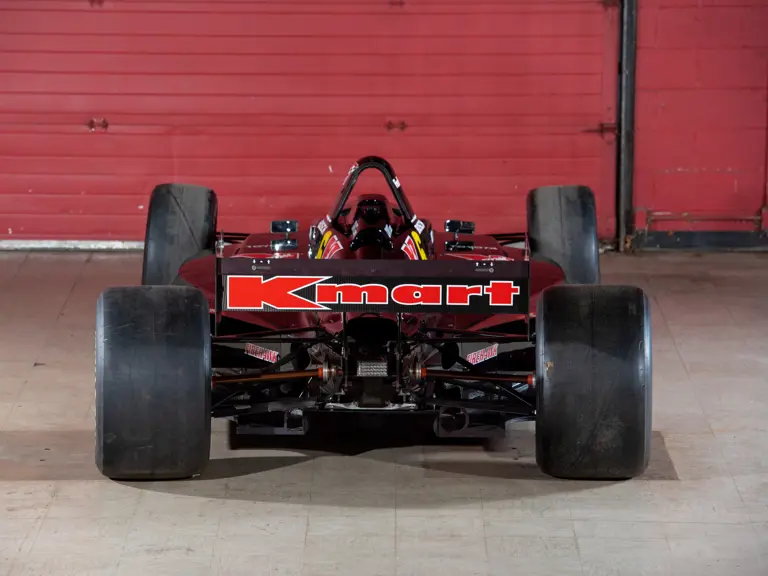

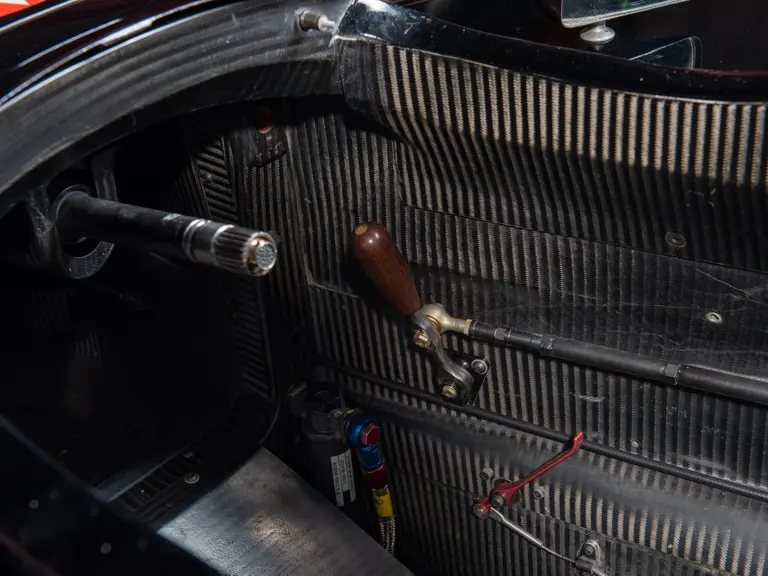
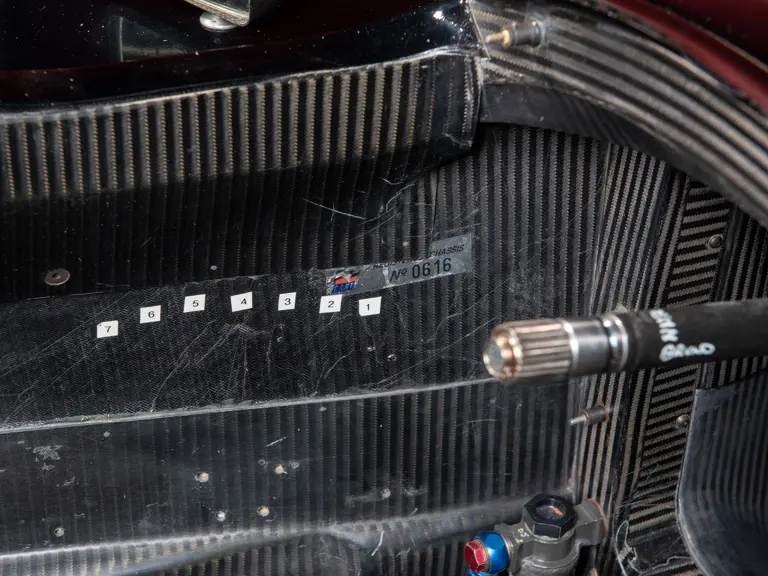
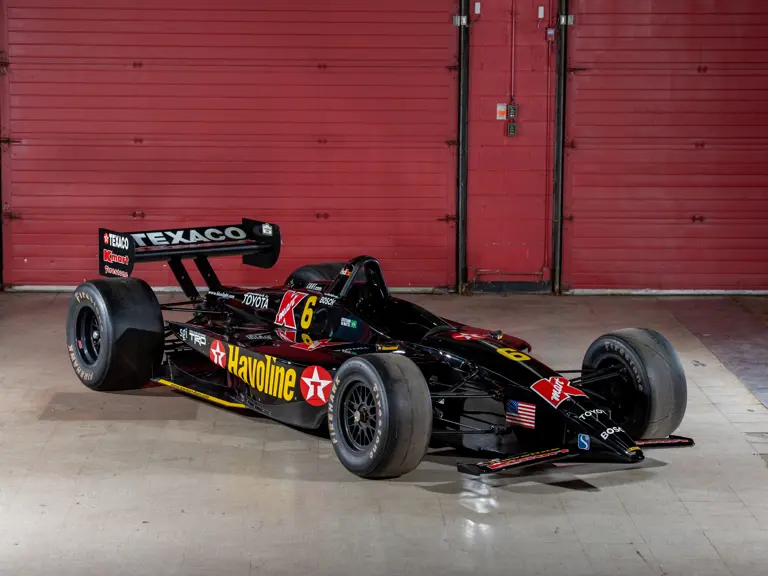
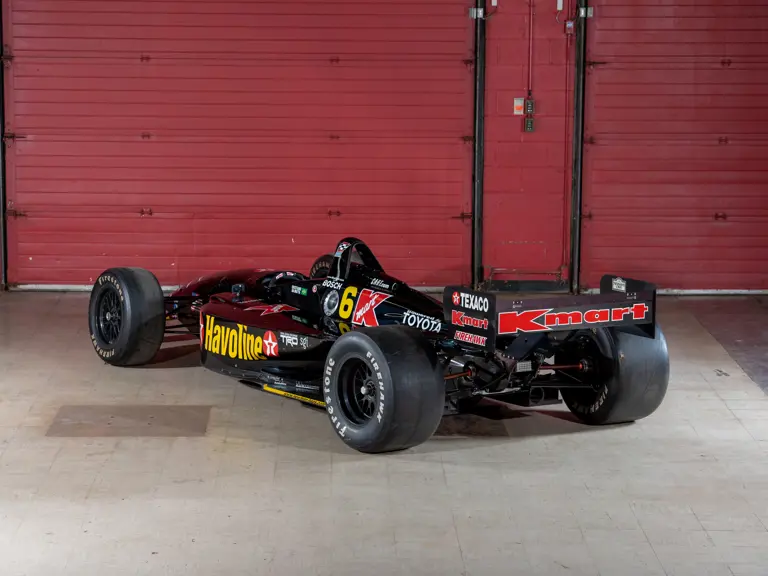
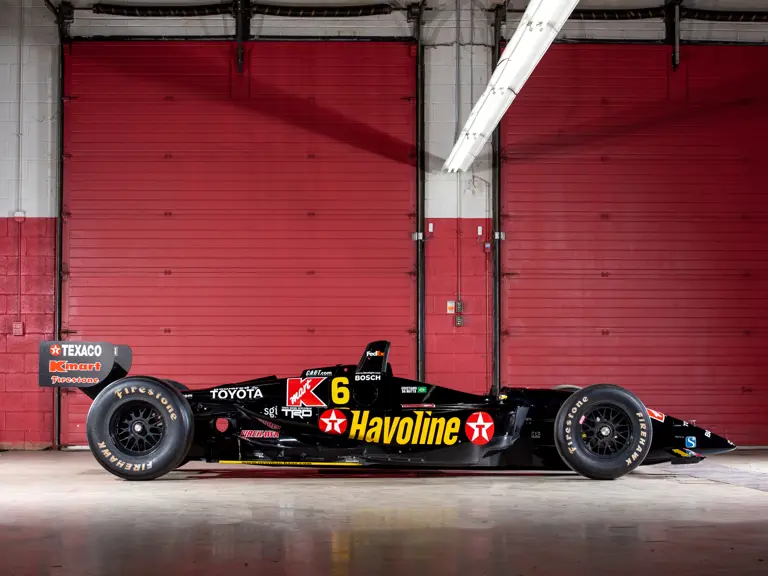
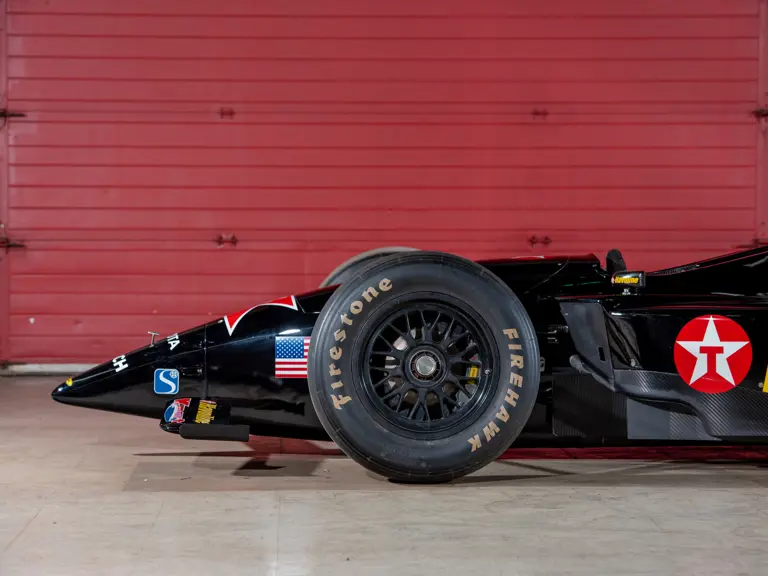
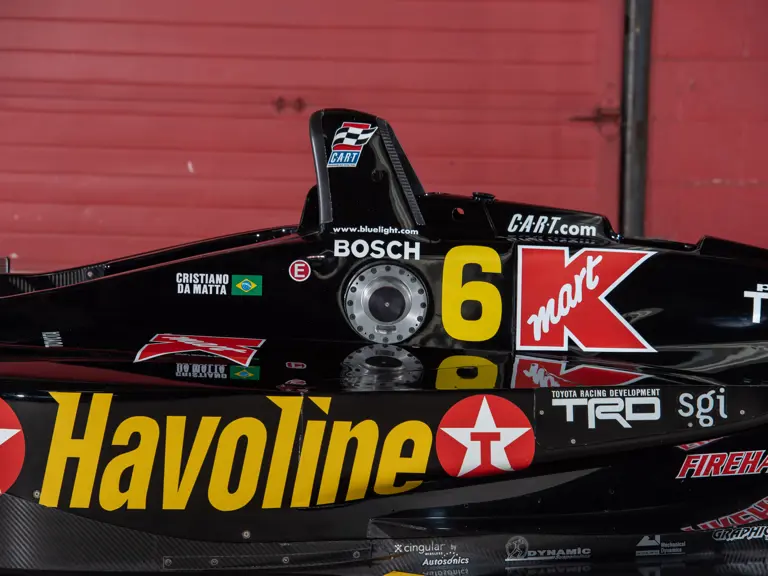
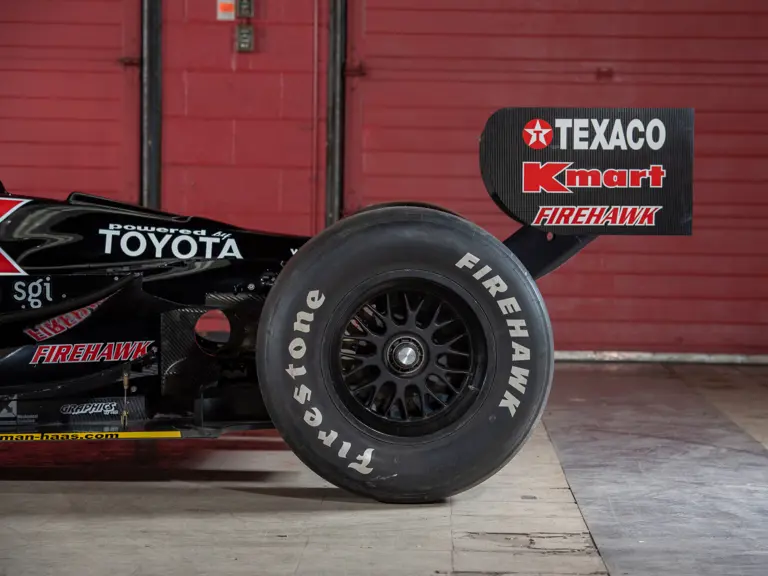
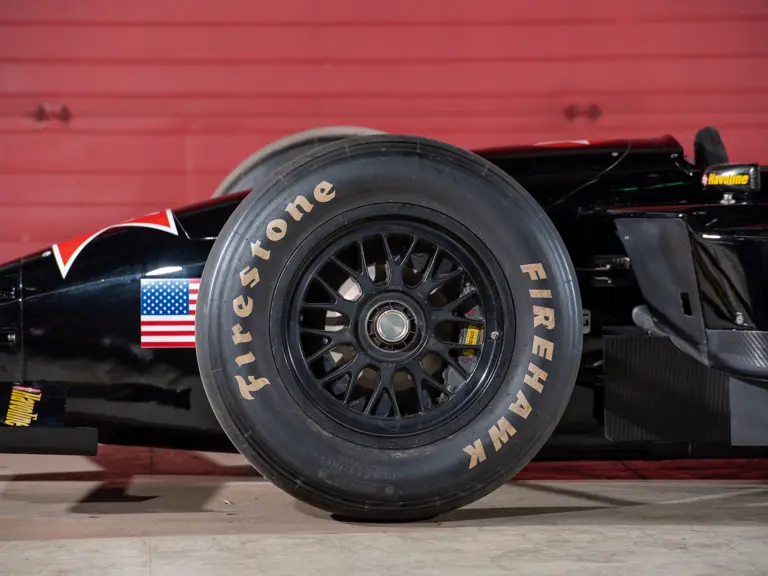
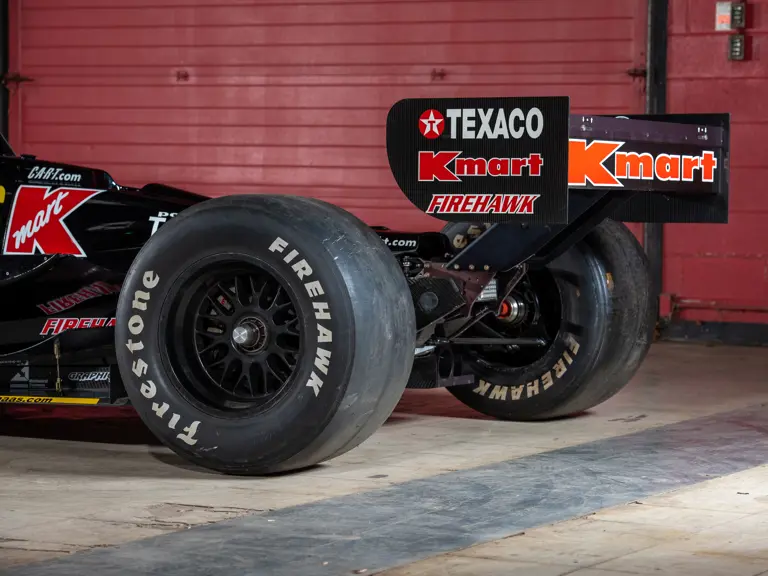
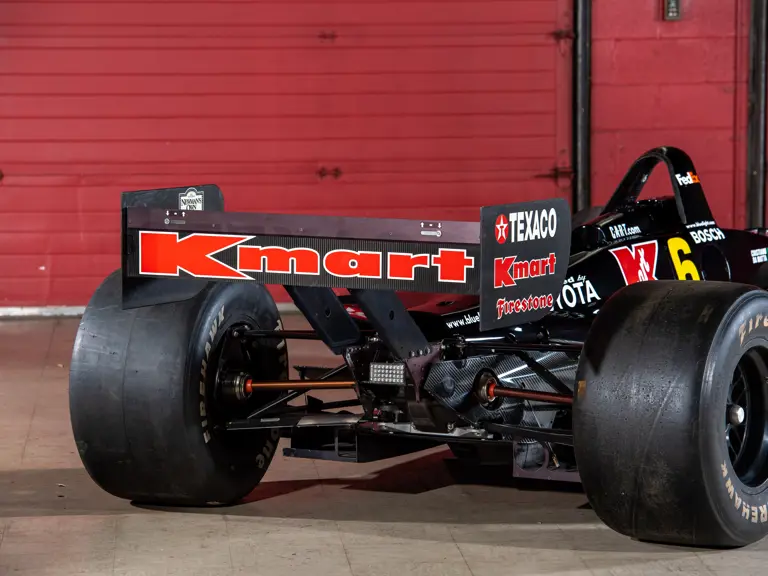


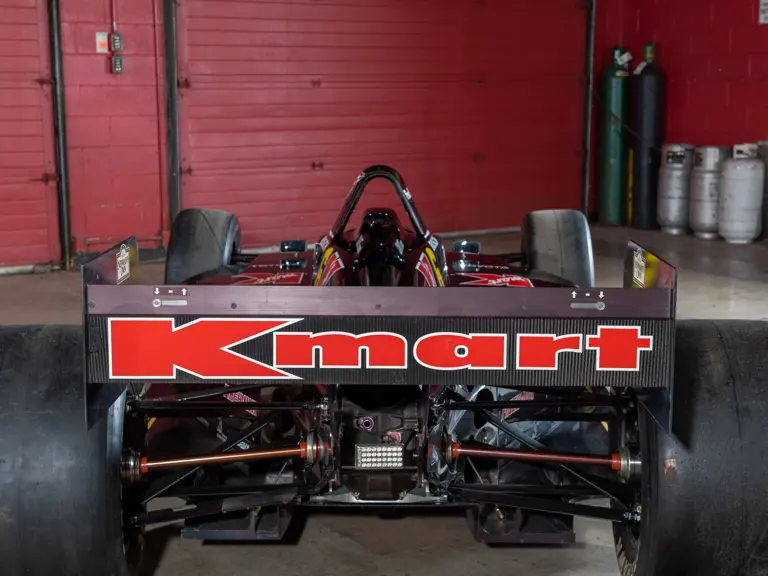
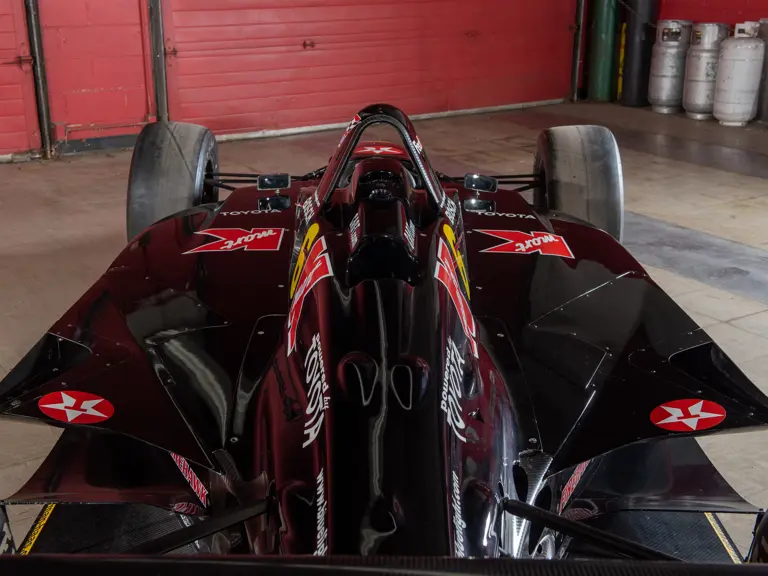
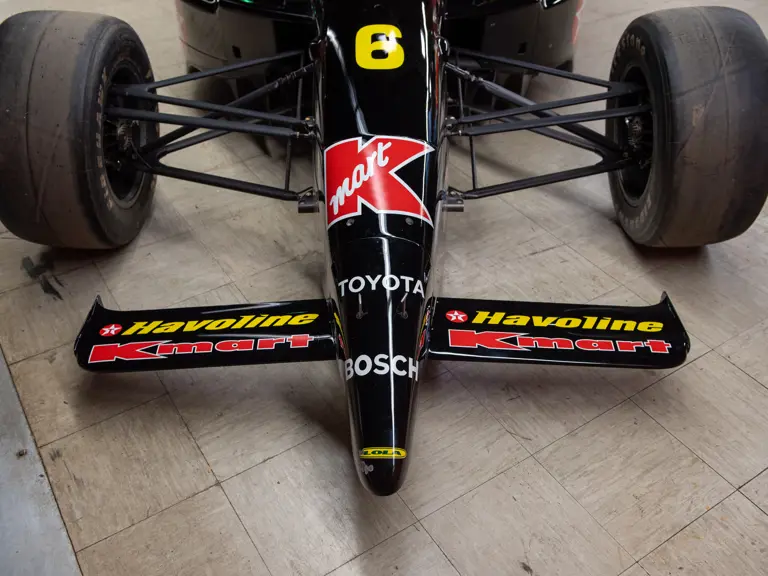
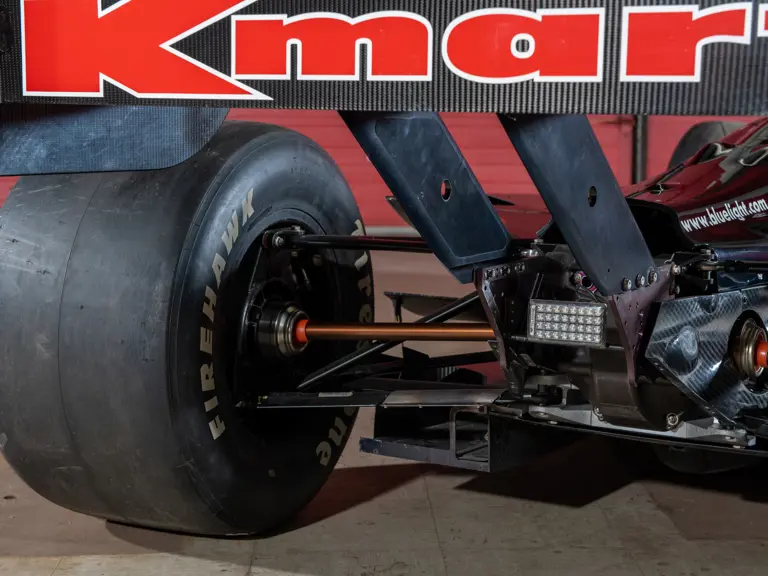
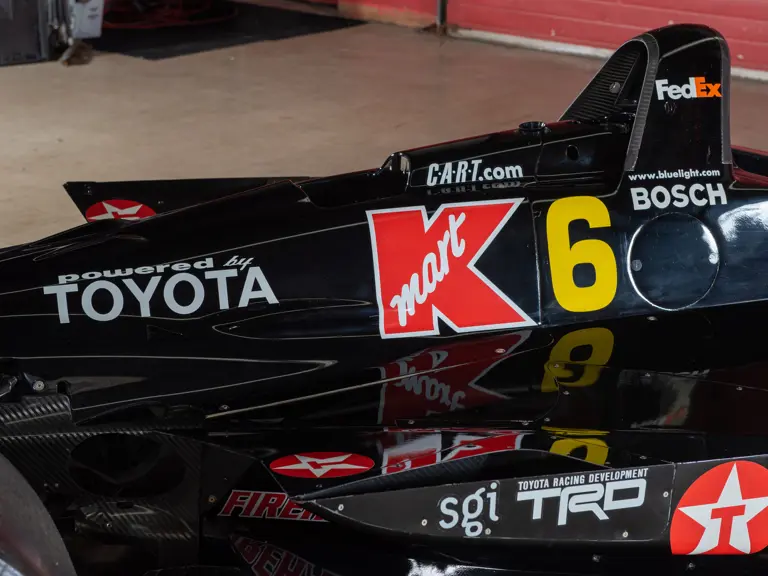


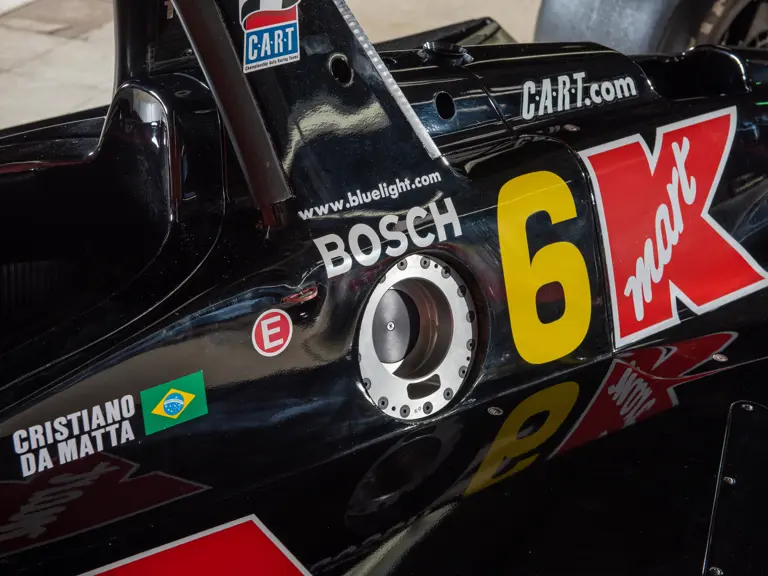
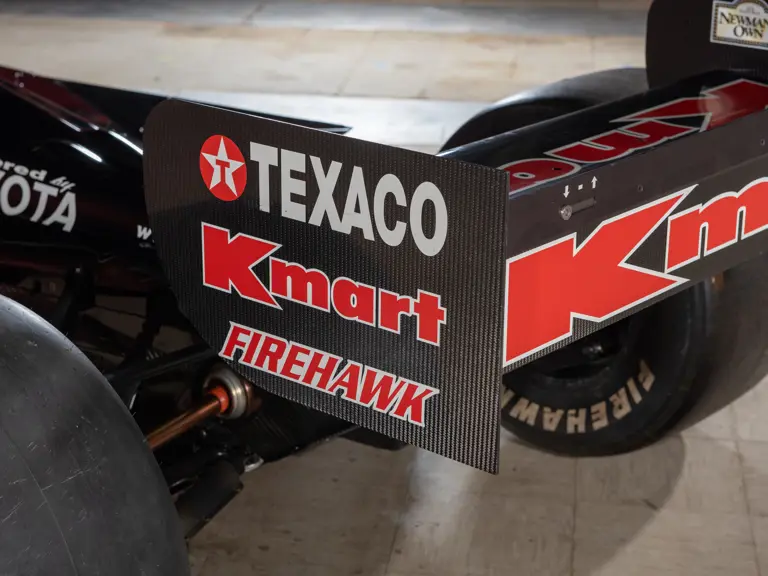
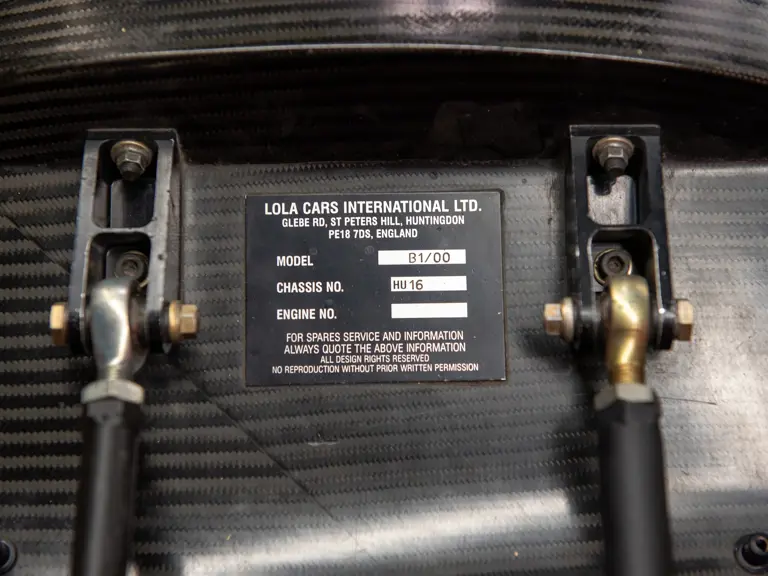

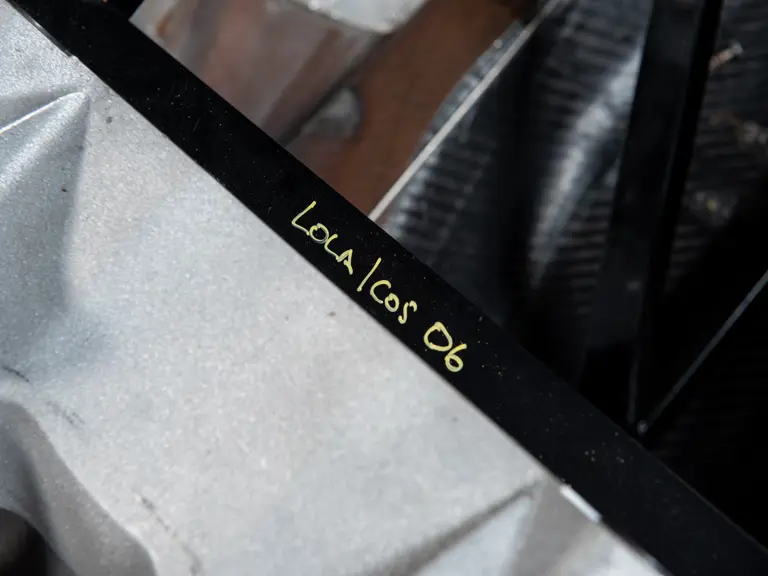

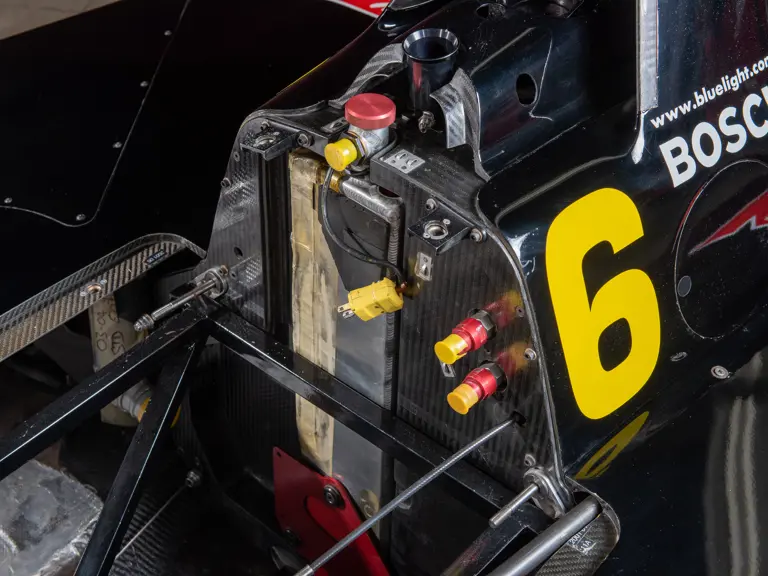
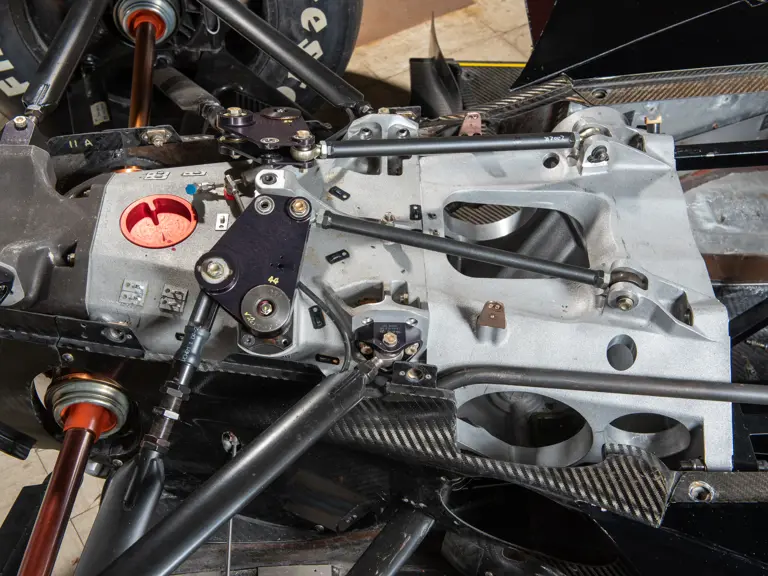
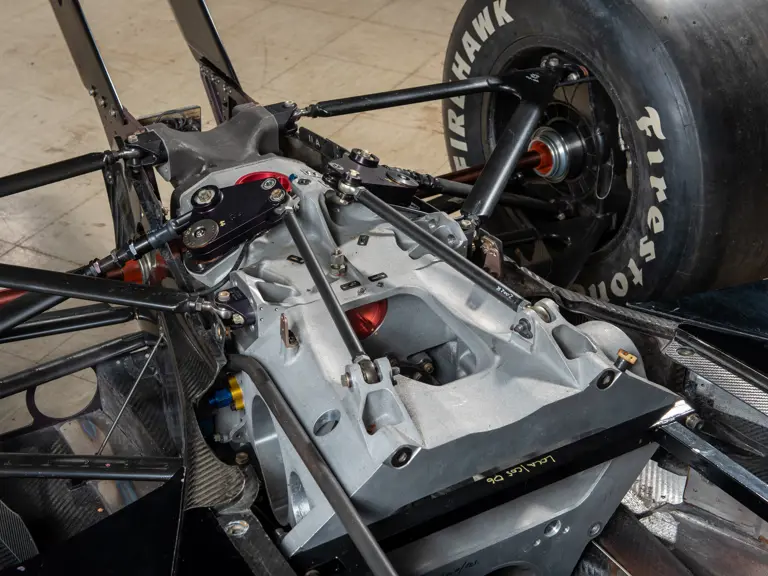

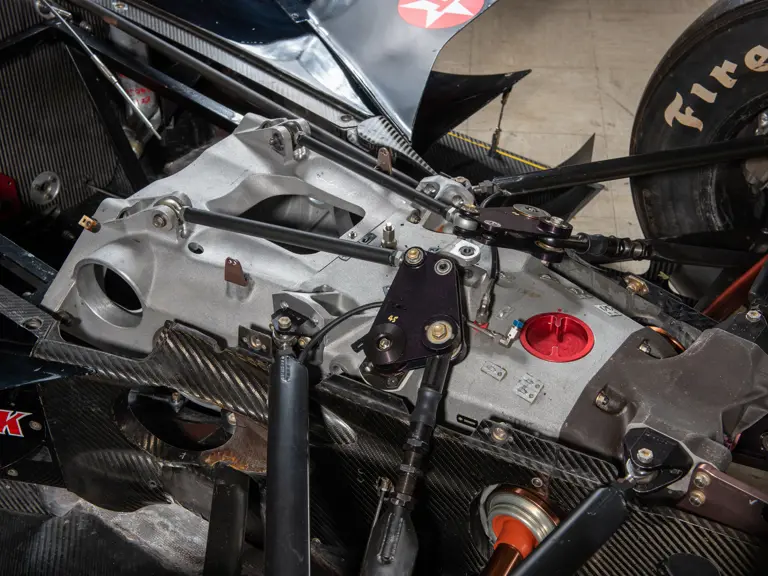


 | Lincolnshire, Illinois
| Lincolnshire, Illinois
